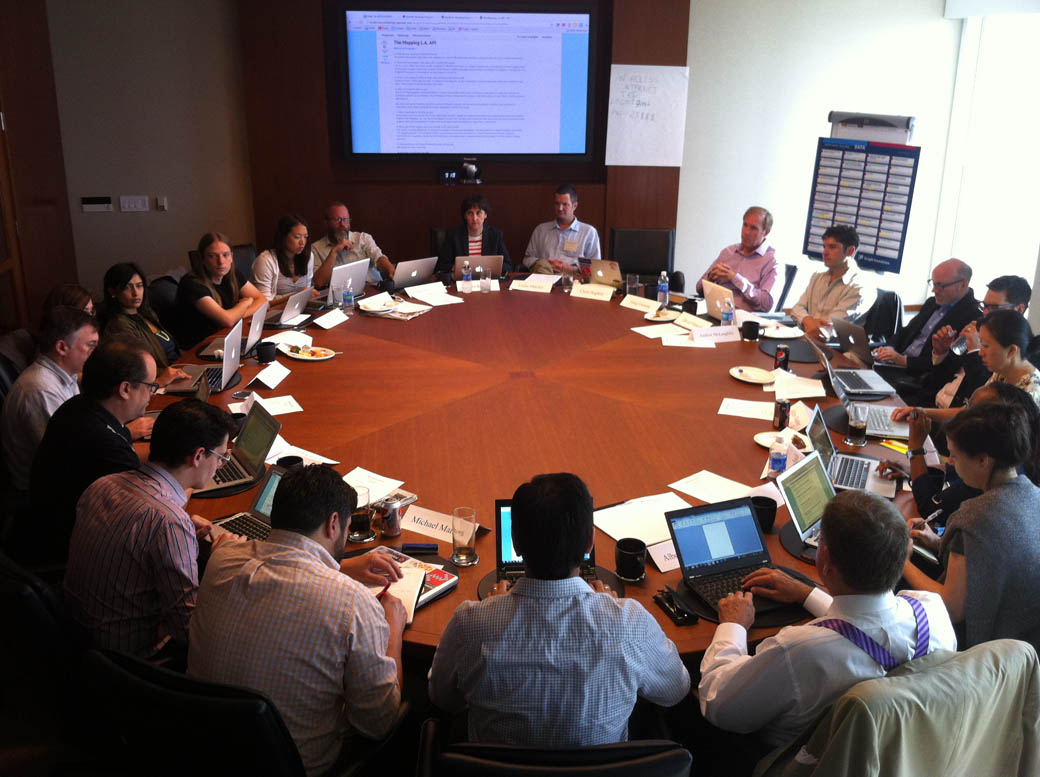
An update on Knight News Challenge: Data
Based on the comments from our team of advisers who helped review the apps and our internal own review, we’ve selected and are in the process of contacting 16 finalists in the Knight News Challenge: Data. Over the next two weeks, we’ll be doing in-person interviews or video chats with each of them them. We’ll announce that list of finalists, and the winners of the contest, in September.
This morning, we’ve also sent an email to the remaining 765 letting them know that they will not be receiving funding via the the News Challenge. One of the great things about the News Challenge is that it exposes us (and everyone else who reads the entries) to ideas and people. While we can fund only a fraction of the ideas that come through the News Challenge, we have other means for funding promising initiatives. For example, last month, we announced a grant to the Iraq and Afghanistan Veterans of America to fund an idea that originally came to us through the News Challenge on Networks. And our new prototype fund allows us to test ideas quickly – we announced some that will receive funding last month. We’ve begun to reach out to some News Challenge applicants to explore whether their ideas might fit this program, and we plan to announce some prototype grants soon.
Here are a few of the insights we took from last week’s review session:
- A need for partners. We saw many projects with promising concepts or products, but that need partnerships with news organizations or others to test their use cases and find social impact. There’s a need for better partner matching in the media innovation space.
- Data standardization. A segment of applications dealt with the need for standardization of data.
- Designing for user experiences. The strongest projects were those that joined compelling uses of data with an experience carefully designed for a well-understood group of users. Many data projects are taking the next step from availability to effective presentation and interaction.
- Longitudinal thinking. As more, and better, data becomes available, there’s more thinking on how to tie datasets together to track trends and find long-term ideas and insights.
- Where humans end and machines begin. Machines still have limits on their ability to process data, though those limits are quickly lessening. We saw explorations of new types of machine learning and natural language processing, allowing machines to complete higher order tasks with data.
- The importance of maps. A new generation of projects are using maps, satellite imagery and data visualization for a range of applications, from news to environmental analysis.
Also, a reminder: we’ll be running a third News Challenge this fall. Stay tuned for an announcement on the theme and dates. By John S. Bracken, director of journalism and media innovation and Christopher Sopher, journalism program associate
Recent Content
-
Journalismarticle ·
-
Journalismarticle ·
-
Journalismarticle ·


